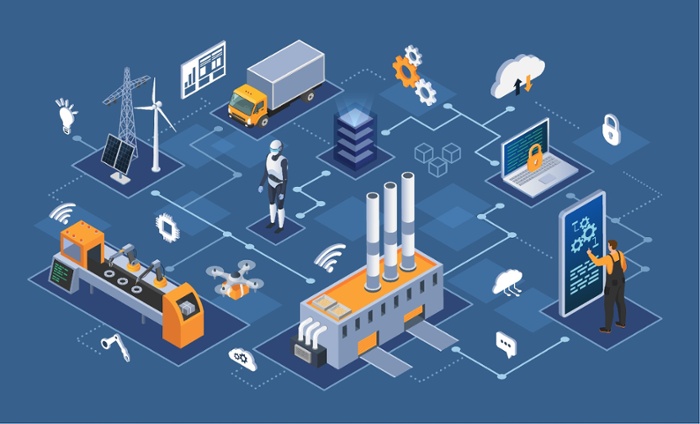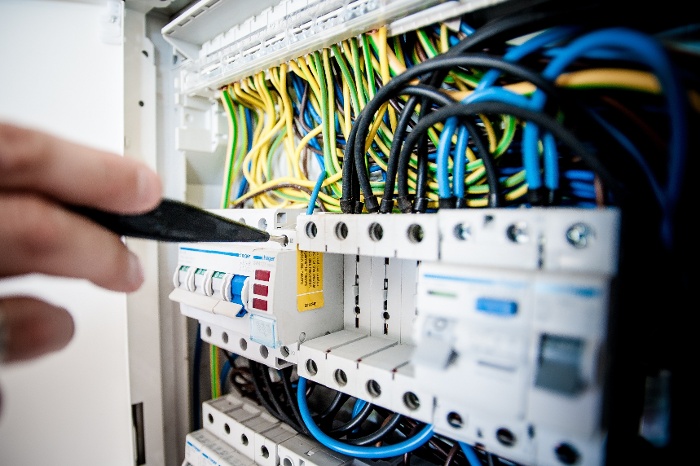

For OEMs and system integrators who have built predictive maintenance enabled machines that send diagnostic data to the cloud, the network performance of the machine is critical. Short lapses in connectivity could lead to lost data and missing information delivered to machine learning algorithms – causing suboptimal predictive maintenance and poor customer experiences.
The reason for this poor customer experience is due to inaccurate predictions about when a machine needs maintenance, which could lead to a machine going offline and causing downtime. Global deployments add an extra layer of uncertainty or complexity regarding network performance because manufacturers can’t guarantee high performance network coverage where production equipment is deployed. Network performance is impacted by coverage and network latency, which is dependent on the resilience of the carrier’s network and location of their cell towers – either overseas or local.
The uncertainty about network performance presents a problem for mission critical factories – where downtime can cost thousands of dollars per minute a machine is offline. Site surveys of cellular coverage in factories can help identify the problem and locate cellular dead spots, but to truly resolve poor connectivity in remote areas, you really need network redundancy and redundant cellular infrastructure.
In this article, we will discuss ways you can maximize network availability and performance with redundant cellular IoT technology and local breakouts.
Network Redundancy Defined
But first, what is network redundancy and how can it help with the reliability of smart machines? There are two types of redundancy that enhance the reliability of mission critical networks:
- Network Redundancy
You can think of network redundancy as having the ability to switch between a primary connection and a backup connection to maximize uptime. If the primary network connection loses signal or is weak, the backup connection kicks in. One option that offers cellular network redundancy is multi-IMSI technology. Multi-IMSI works by giving a machine the ability to automatically switch between available cellular networks based on the best available signal. For example, let’s say there are two carriers that offer cellular coverage in the same area: carrier A and carrier B. If carrier A has an unavailable signal in a certain area, carrier B will connect to the device, maintaining connectivity. - Infrastructure Redundancy
A second source of redundancy that improves the uptime of machines performing predictive maintenance is redundant cellular infrastructures. Redundant cellular infrastructure means that if one cellular infrastructure node goes down , a backup node is activated. This ensures the cellular network doesn’t have a single point of failure and is more reliable as a result.
Since redundancy is both at the cellular network level with multiple carrier options and at the cellular infrastructure level – we call this technology “multi-layered” redundancy
What are the benefits of multi-layered redundancy?
How to Improve Network Reliability with Multi-Layered Redundancy

The most important benefit of network redundancy for predictive maintenance applications is minimizing downtime and critical data loss from interrupted connectivity. The traditional carrier doesn’t usually offer multi-layered network redundancy because they only have access to their own cell towers. However, emnify has commercial agreements with hundreds of carriers to access multiple networks globally – empowering engineers to embed their machines with redundant cellular connectivity.
In addition, redundant network infrastructures, like emnify’s are cloud-native and built on AWS, which means the backup mobile core network provides an extra layer of data security. This is key for mission critical industrial networks and enables manufacturers to scale their networks and maintain reliable cellular connectivity, as well as share data between their cloud application and the cloud native cellular IoT platform.
How to Enhance Network Performance with Local Breakouts

Besides network redundancy, minimizing network latency is also key to high-performing machine connectivity. Latency is basically the lag or time delay in network communication. You may experience a form of latency when someone is speaking during a conference call but there is a delay when you hear their voice and the audio sounds choppy. Machines can also have a delay in communication with their cloud application if latency is high in a network – leading to suboptimal predictive maintenance performance.
The key to minimizing latency when deploying machines globally is adopting a cellular IoT platform with local breakouts. Local breakouts mean that cellular communication is routed through local Internet gateways rather than overseas gateways, leading to less latency and better network performance for all of your machines deployed worldwide.
Adopt a Cellular IoT Platform with Redundancy & Low Latency
In summary, a cellular IoT platform like emnify has multiple layers of redundancy both from a cellular network and infrastructure perspective. This ultimately results in higher network availability. In addition, local breakouts available with a cellular IoT platform like emnify can enhance network performance by minimizing latency.
About emnify
From reliable connectivity and secure remote access to machines to powerful APIs, automated cloud integration and advanced security features, emnify provides you with all the tools you need to deploy and operate your smart machines for predictive maintenance anywhere and at any scale.
Learn more about how we can help your factory boost network reliability and performance or contact our cellular IoT expert to book a free consultation today.
Get in touch with our IoT experts
Discover how emnify can help you grow your business and talk to one of our IoT consultants today!

Nathan Schlaffer
More than 7 years of experience translating hi-tech connectivity and SaaS products for Internet of Things into simple and compelling use cases across a broad range of vertical markets from manufacturing to transportation to oil and gas.



